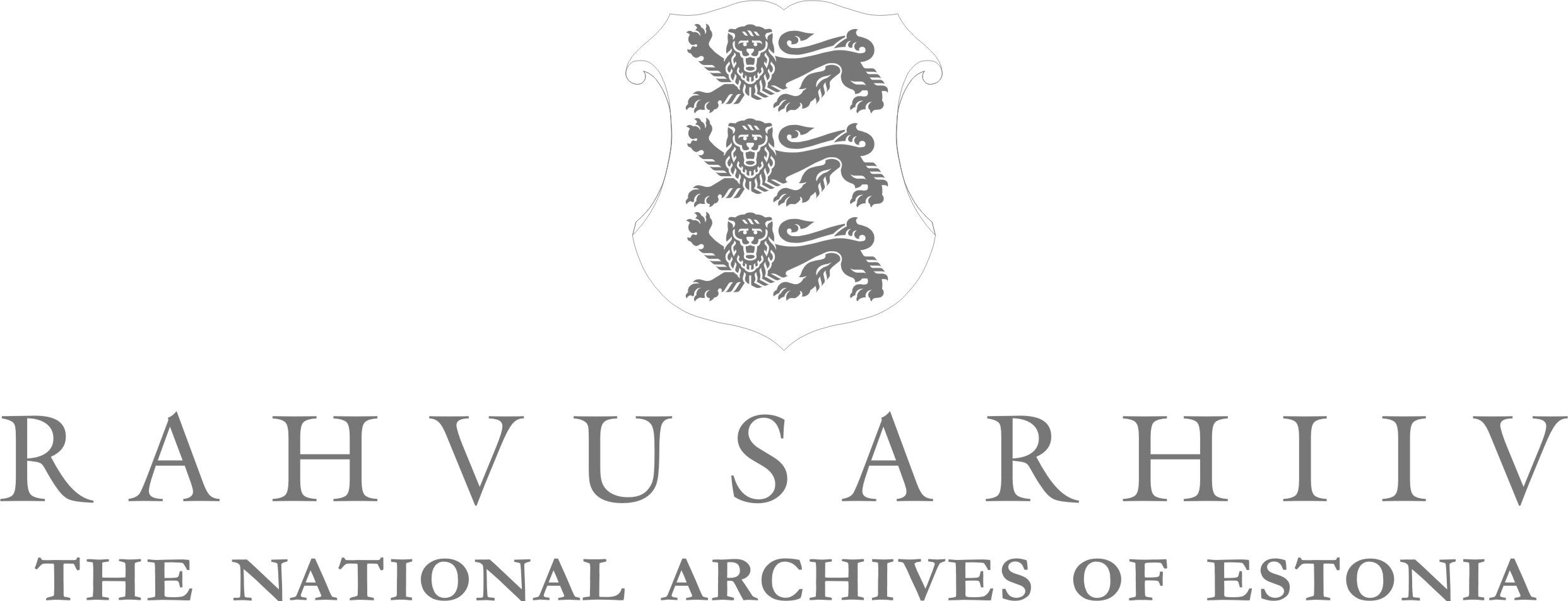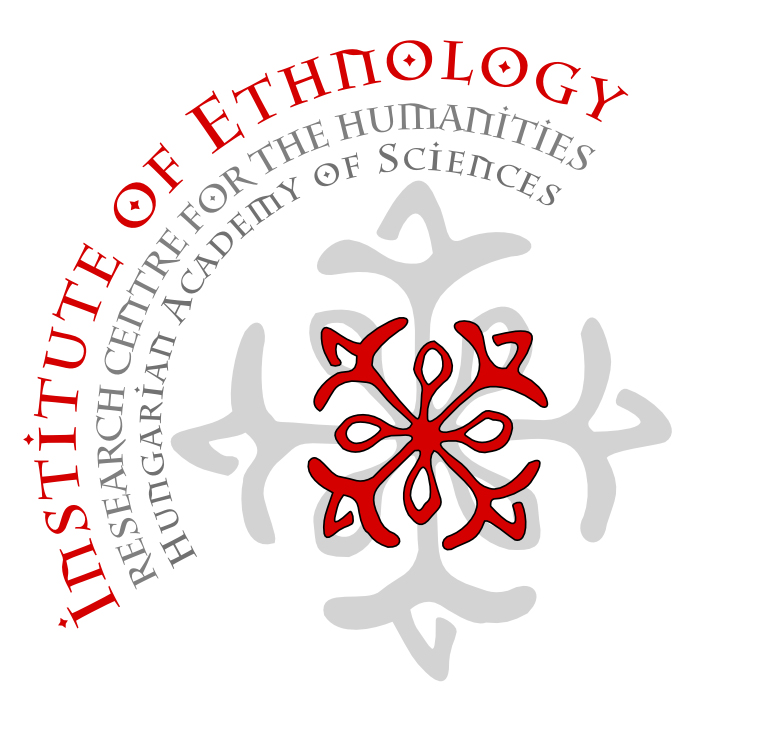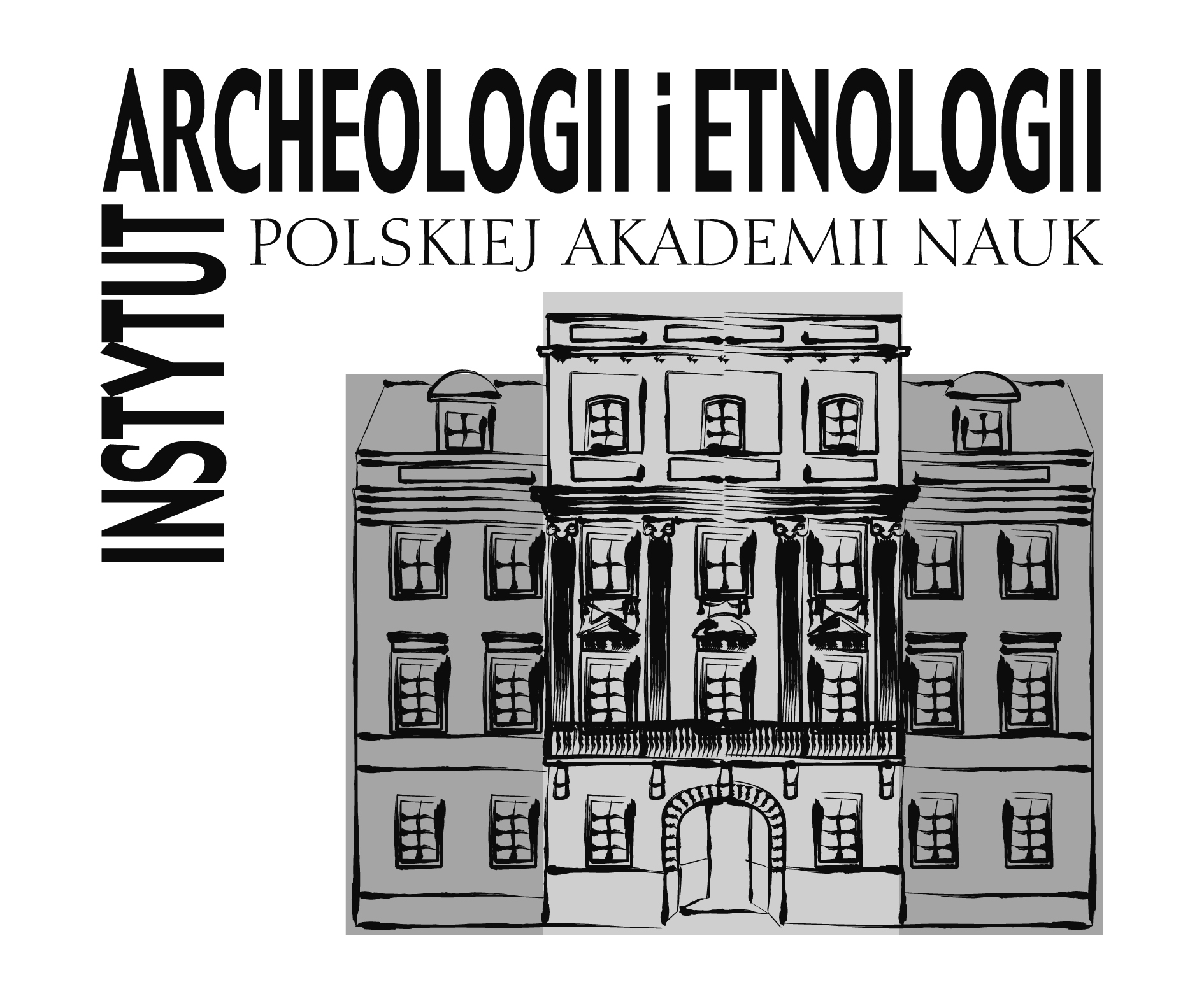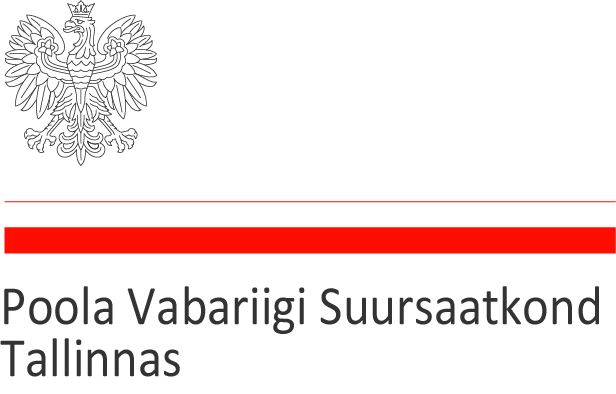
The WW II changed perspectives, beliefs and existing hierarchies. Our aim is to examine the changes in how the Other is represented visually in the wartime period, as well as the consequences of war from a longitudinal perspective. Although our focus is set particularly on Eastern Europe, we are equally interested in understanding the processes of representing the Other in the context of a global war. The period also showed fast technological development and innovations which introduced new forms of visualisations. The new media and ways of using them (e.g. in propaganda) are also at the very core of our interests.
Susan Sontag has argued that we consider the Other, even if s/he is not an enemy, as someone whom we observe, not someone who would also observe us; we consider them as someone to be seen, and not as someone who also, like we, sees. The representation of the Other gains a new shape in the time of war, fuelled by rising nationalism and hatred, causing a change of targets and their visualization.
The third international conference of Visual Encounters with the Other focuses on the visual representations of (non-)ethnic otherness/alterity in Eastern Europe, covering the period of and around World War II, from the 1930s to 1950s. The discussion reflects on a variety of visual sources including the press, printed materials (photography, illustrations, posters, advertisements, caricatures, etc), books, and so on. We accept accounts of humorous and non-humorous representations that would document, interpret and/or construct the ways that the Other has been depicted. The papers should relate to, although are not limited to, the following issues:
The deadline for the submission of paper proposals: 10 February 2014
Deadline for paying early registration fee (100 EUR) is March 15, 2014
Late registration fee (130 EUR) can be paid until April 30, 2014.
Susan Sontag has argued that we consider the Other, even if s/he is not an enemy, as someone whom we observe, not someone who would also observe us; we consider them as someone to be seen, and not as someone who also, like we, sees. The representation of the Other gains a new shape in the time of war, fuelled by rising nationalism and hatred, causing a change of targets and their visualization.
The third international conference of Visual Encounters with the Other focuses on the visual representations of (non-)ethnic otherness/alterity in Eastern Europe, covering the period of and around World War II, from the 1930s to 1950s. The discussion reflects on a variety of visual sources including the press, printed materials (photography, illustrations, posters, advertisements, caricatures, etc), books, and so on. We accept accounts of humorous and non-humorous representations that would document, interpret and/or construct the ways that the Other has been depicted. The papers should relate to, although are not limited to, the following issues:
- Other in the war context;
- Ideas of modernity in representations of the Other;
- The production and reception of humour;
- Eastern European perspective of alterity and changes in the looking at enemies and friends;
- New media and new ways of seeing.
The deadline for the submission of paper proposals: 10 February 2014
Deadline for paying early registration fee (100 EUR) is March 15, 2014
Late registration fee (130 EUR) can be paid until April 30, 2014.








